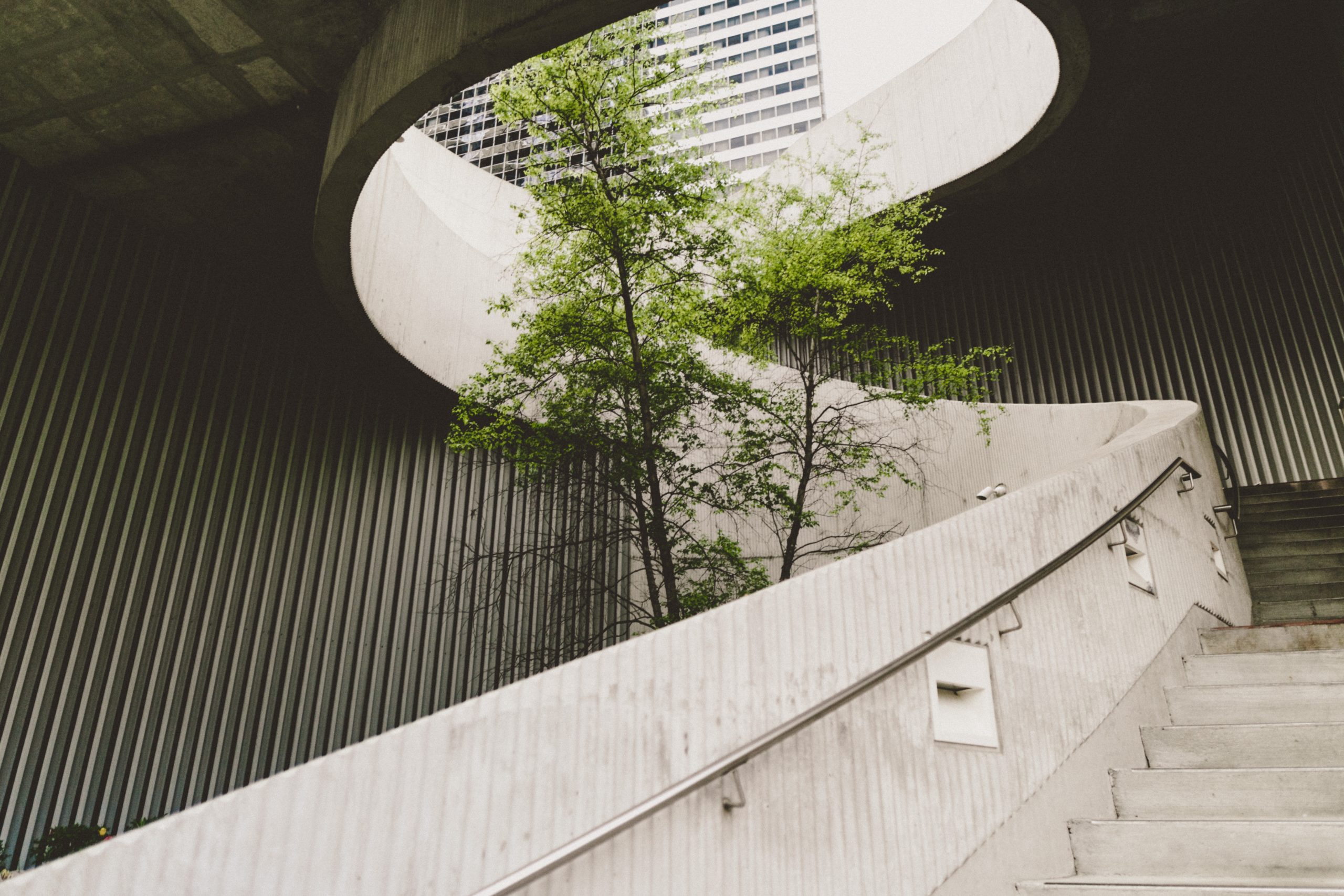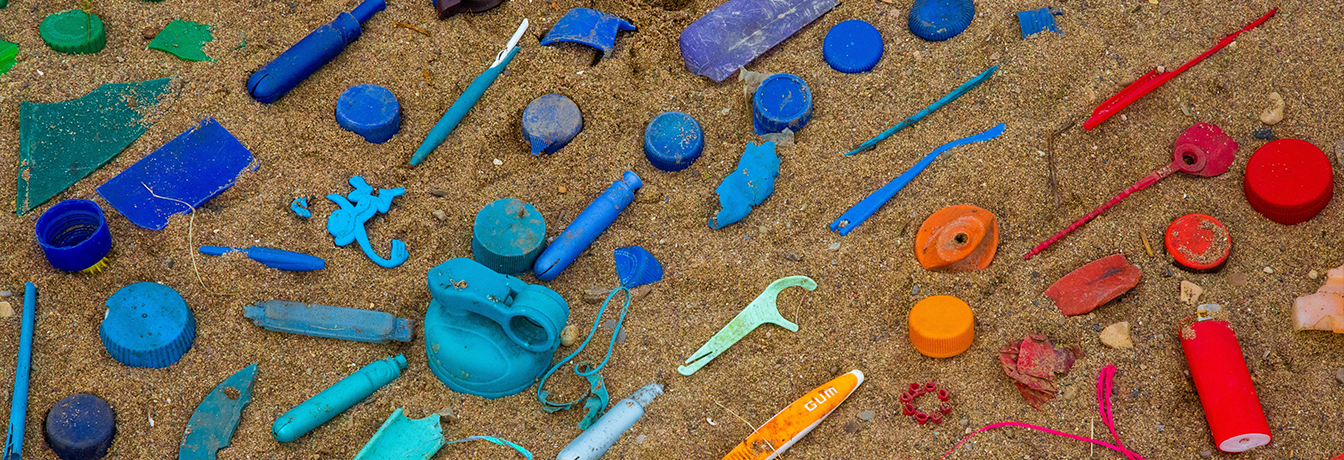
We are living through an era of unprecedented change. The pandemic sparked radical change in our daily habits and routines. This sudden circuit-break in our lives was juxtaposed by figures highlighting the impact globalisation was having on the planet – with CO2 levels and global temperatures hitting record levels.
These changes have highlighted how interconnected we are as a global community – both physically and digitally – whilst also underlining the fact that no one, not even brands, can exist outside of our shared environment.
We are living through an era of mass change. And brands have an important role to play in driving this change, and crafting a more sustainable future.
To achieve this reformation, we need to redefine the outdated notion that business growth can only be achieved by selling more things. Sustainable growth is bigger than profit. It is the only way to futureproof your brand as we emerge in a new era.
“I will not pretend I wasn’t petrified. I was. But mixed in with the awful fear was a glorious feeling of excitement. Most of the really exciting things we do in our lives scare us to death. They wouldn’t be exciting if they didn’t.”
― Roald Dahl, Danny the Champion of the World
Purpose matters to your people
Transforming your brand into a more sustainable business takes bravery. These are not easy decisions to make. But the easiest, and most dangerous act, is to make no decision at all.
There are two clear forces driving the need for change. The first is the impact our current behaviours are having on the planet. The second is the growing awareness and desire from consumers for brands and businesses to not leave a negative mark.
These changing consumer values have a significant impact for brands. People buy from brands they trust. They want transparency in how a product came to be. Edelman Trust Barometer shows that 80% of consumers expect brands to play a role in solving “society’s problems”.
And the time to solve them is now. Consumers have adjusted their lives and priorities post-COVID, and they expect brands to do the same. JUST Capital found that 89% of Americans agreed that the COVID-19 crisis “is an opportunity for large companies to hit reset and focus on doing right by their workers, customers, communities and the environment.”
CEOs and business leaders are facing pressure – quite literally – from the ground up to spearhead a re-evaluation of the purpose of business. Because purpose is more than a marketing guise, it is a fundamental driver of customer retention and brand growth – and a way to empower employees to be more engaged and innovative.
Tomorrow starts today
Every brand has a role to play in driving this change. There is no business that cannot find new, innovative means to deliver their products in a more sustainable way.
The challenge increases with the size of the brand. With scale comes complexity. But this complexity shouldn’t lead to inaction. Businesses like Heineken and McDonalds – with colossal global audiences and interwoven supply chains – are reviewing their processes from the bottom-up. We are proud to have played a role in driving and landing some of their initiatives that have enabled them to progress against their goals.
Heineken, as the most international brewer with operations all over the globe, took responsibility and showed an ambition to “brew a better world, both globally and locally, from barley to bar”. As a part of it’s Greener Commitments Heineken has introduced ‘Green Grip’ packaging, eliminating plastic from its cans. It has also found new ways to address sustainability in social experiences – recently unveiling the ‘Greener Bar’ in which every ingredient and material is sustainably sourced and circular.
McDonalds faces similar challenges of delivering change at scale. But the brand was able to deliver 99.6% of its packaging through sustainable materials in 2020, and has chosen to no longer include toys made from non-recycled or nonrenewable forms of hard plastic in its iconic Happy Meal. We worked with them to explore how to make their Happy Meal more sustainable and still meet the demands of entertaining our children. Now they only include soft toys, sustainable paper-based gifts or books as the company works to find sustainable alternatives to hard plastic.
These are examples of small changes that make a big difference.
I think it can be summarised into 3 key points:
- 1. Being intentional in setting a purpose-led vision and cascading this vision through their brands and tangible progress.
- 2. Future-proofing your brand portfolio for long-term sustainable value.
- 3. Making good decisions now vs. perfect decisions later.
Three pillars for meaningful change
For many businesses, solving sustainability is like trying to fix a Rubik’s cube: you finally get one side to become completely green, and suddenly the opposite side is no longer orange.
But just like with a Rubik’s cube, there are certain rhythms and principles you can follow to crack the code. It may take a few shuffles, but eventually you can solve the puzzle.
Define and follow a purpose
Not every brand is a Patagonia with sustainability built into its DNA. But every brand should adopt an overarching purpose. This north star can guide leadership teams through complex and uncharted journeys.
Leaders need a clear vision of where they want their brand to get to – and have the courage to make the leap into the unknown again and again and again and again.
Sustainability is the best protector of long-term brand value
Sustainability is a complex challenge – but it should not be viewed as a costly one.
Brand leaders have the challenge of getting their businesses back on track after a tumultuous period and reassure investors of the long-term health of the business. But these objectives should not be viewed as at odds.
The successful growth strategy of today is not built on the ideals of yesterday – success can no longer be measured with profit and operational metrics alone. Brands need to illustrate a sustainable plan to consumers and shareholders, demonstrating their role in society and protecting the long term value of the business.
Act now
Climate change is the single greatest threat we face as a species. There is no brand or individual that will not be affected. And so we cannot afford the fear of change to spark paralysis.
Brand leadership teams must face the realism behind these choices. No choice is perfect. But it is better to make a good decision quickly than a perfect decision late.
Brands need to be bold, and brave. They need to view themselves as citizens as much as businesses. The future is uncertain. But what is certain is there is no compromise between sustainability and profit.
Attacking and shaping the future is a scary task. But most of the really exciting things we do in our lives are scary – and they wouldn’t be exciting if they didn’t.

